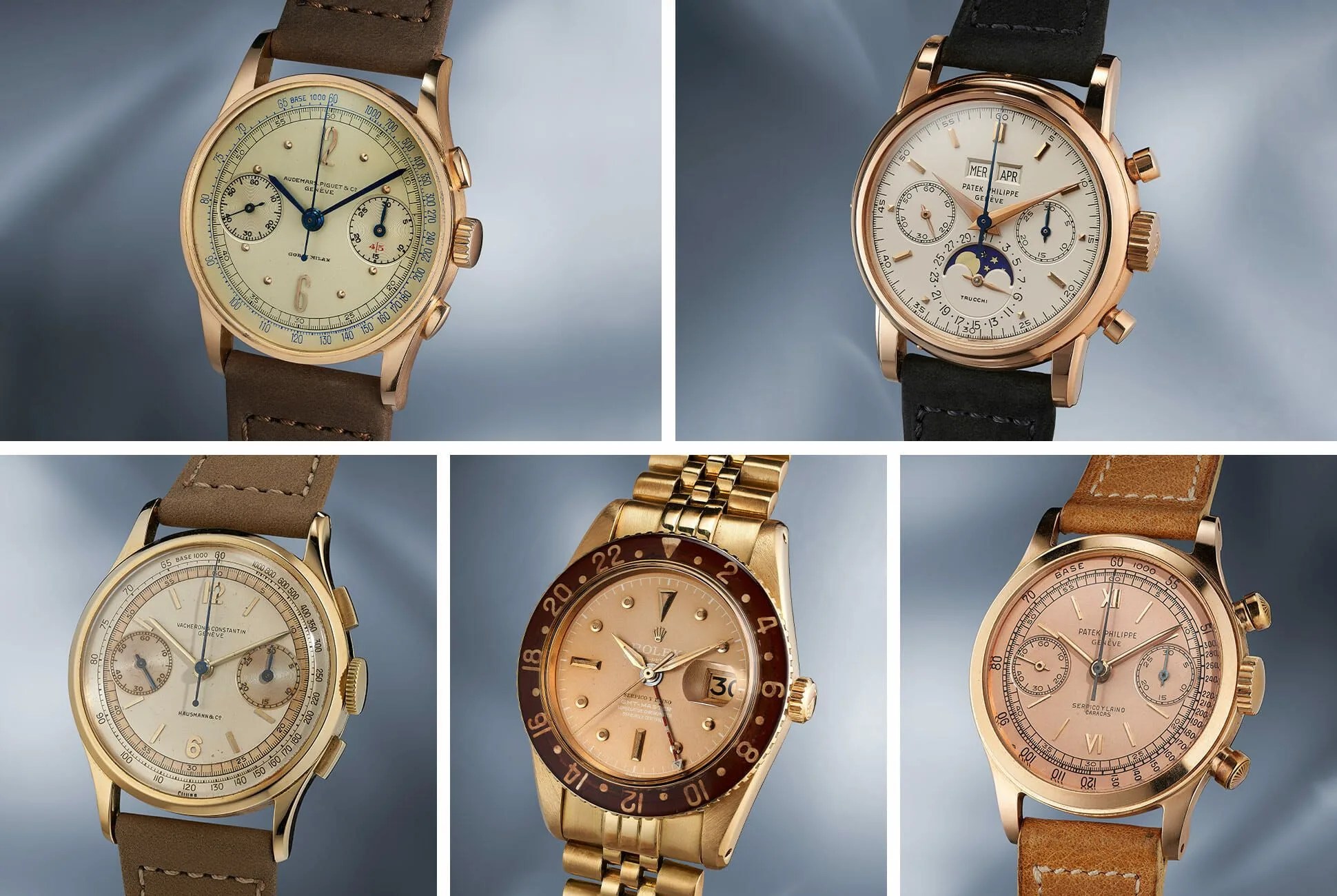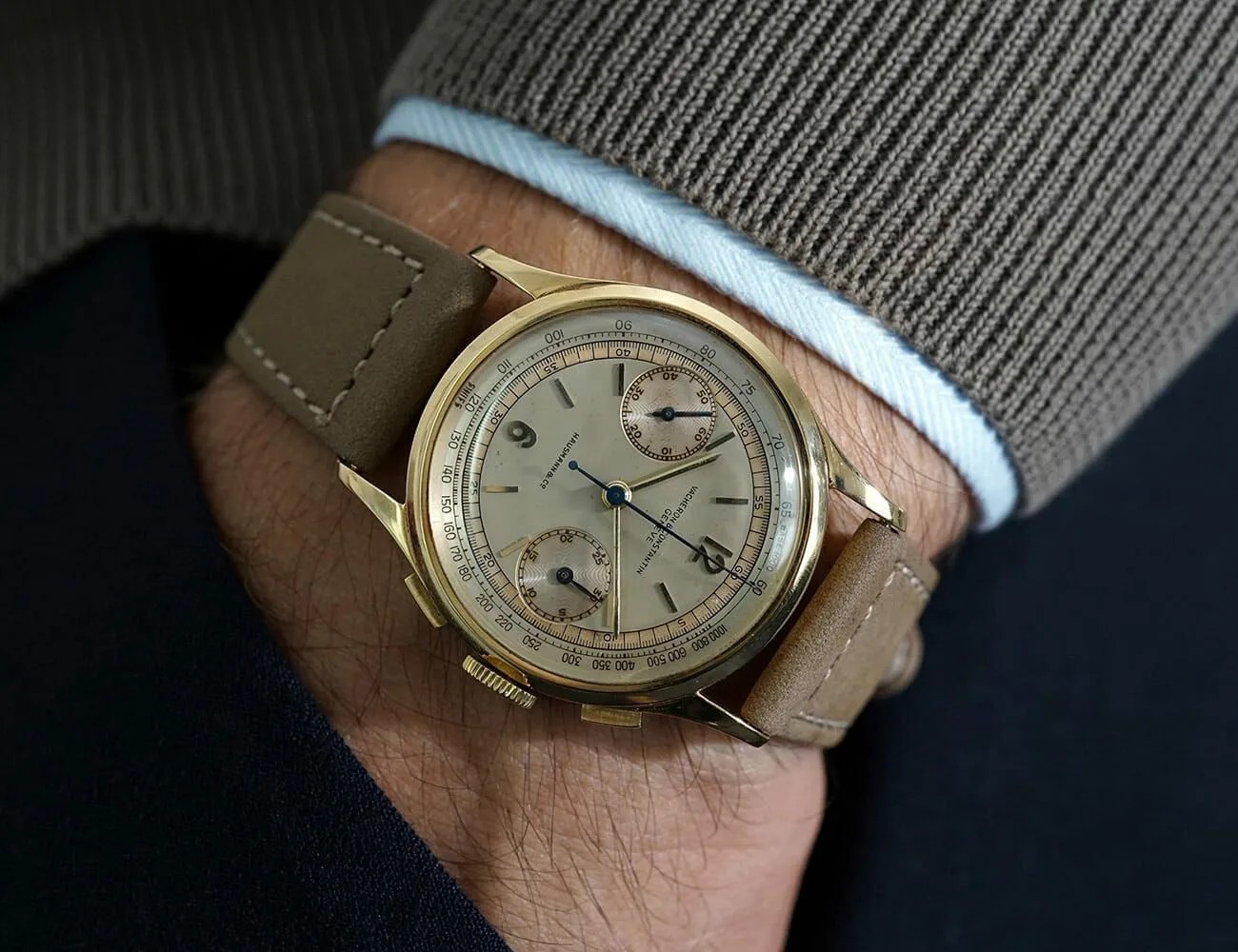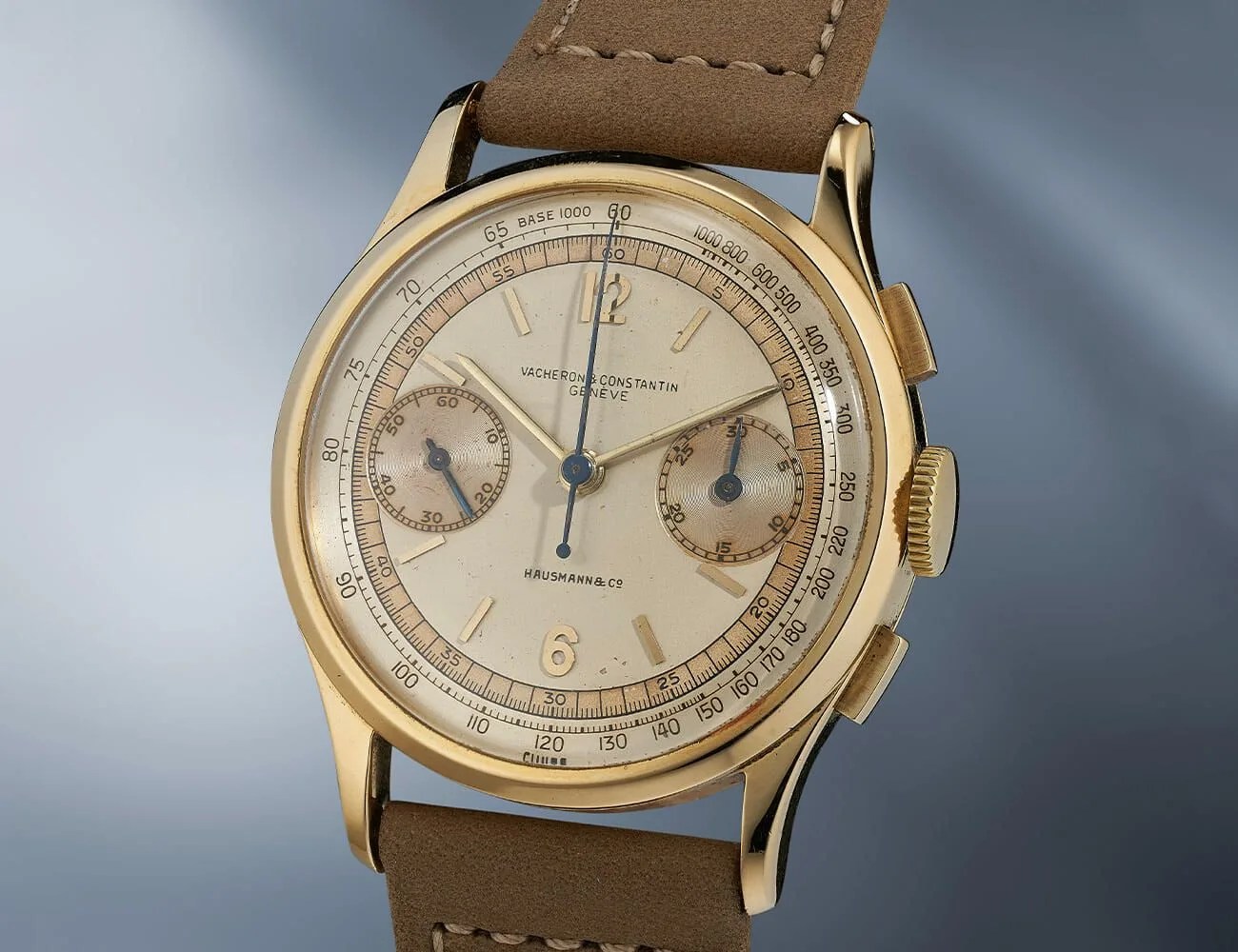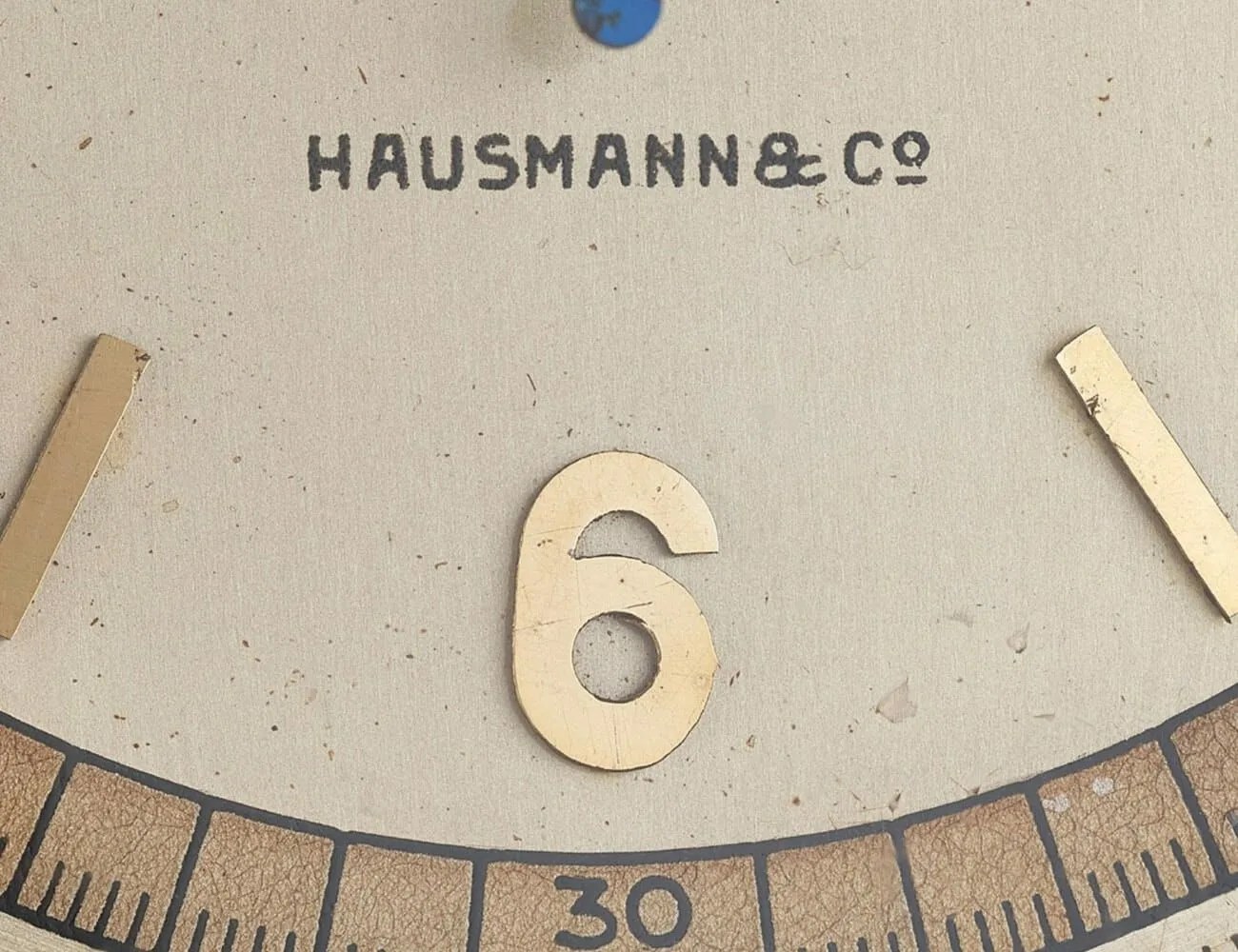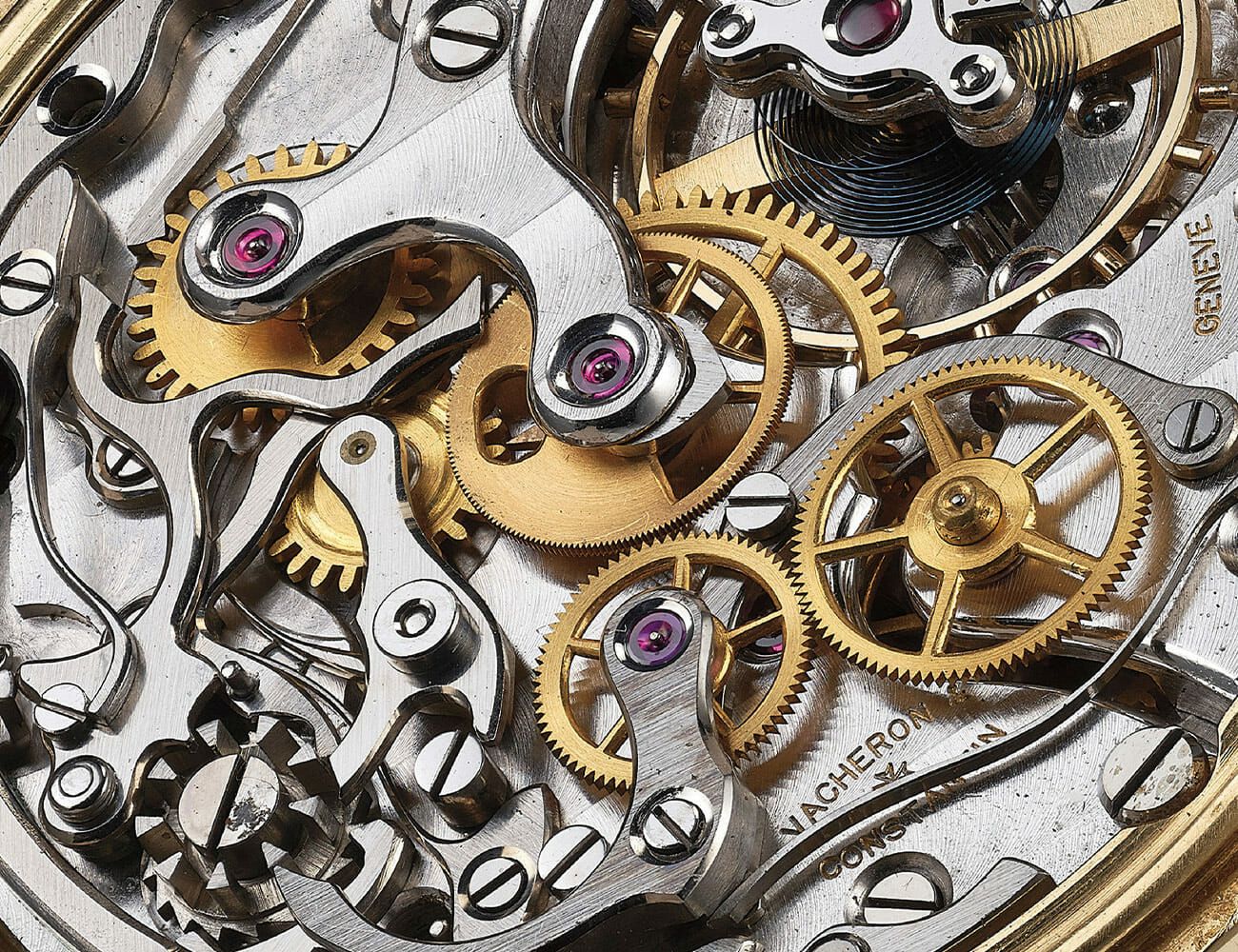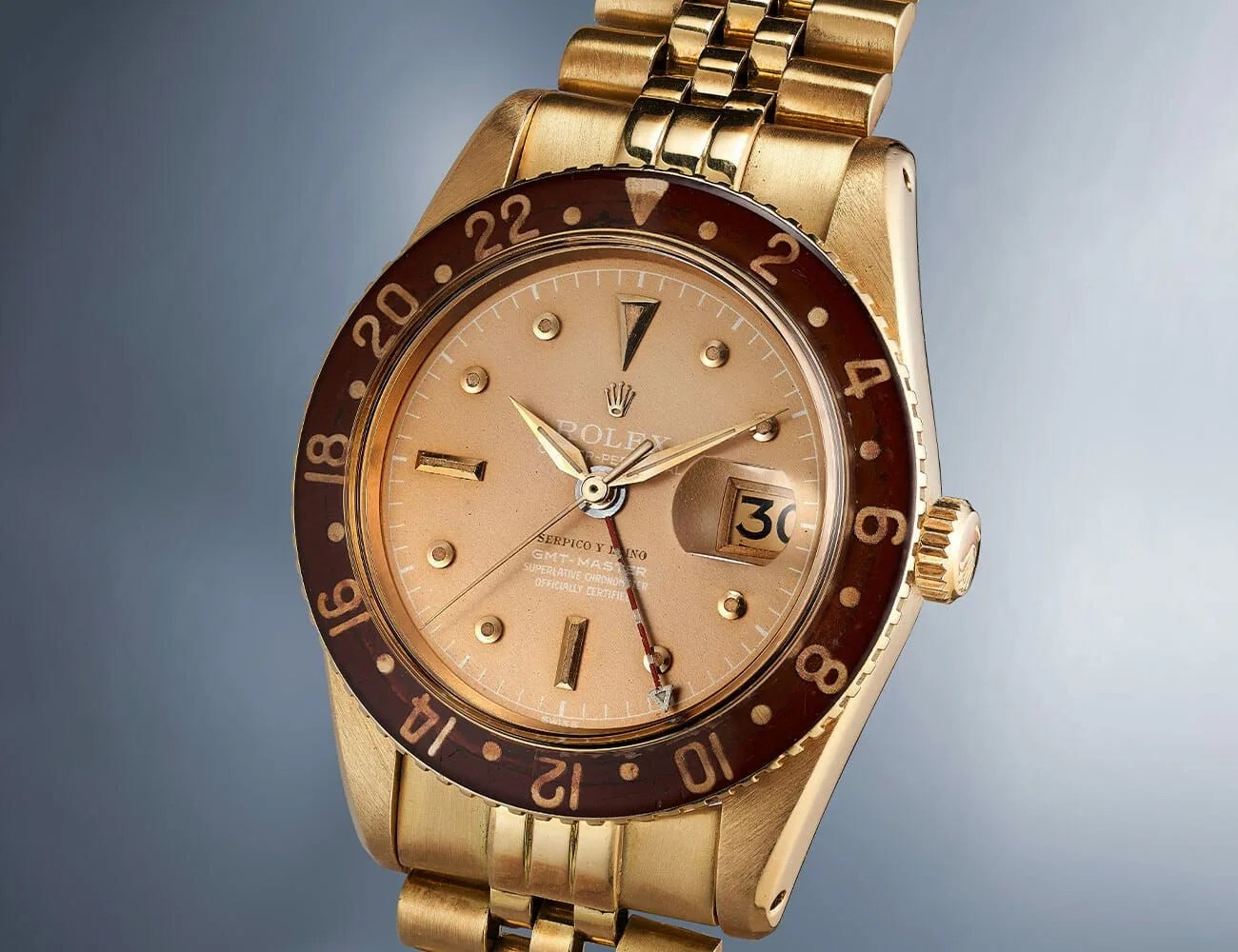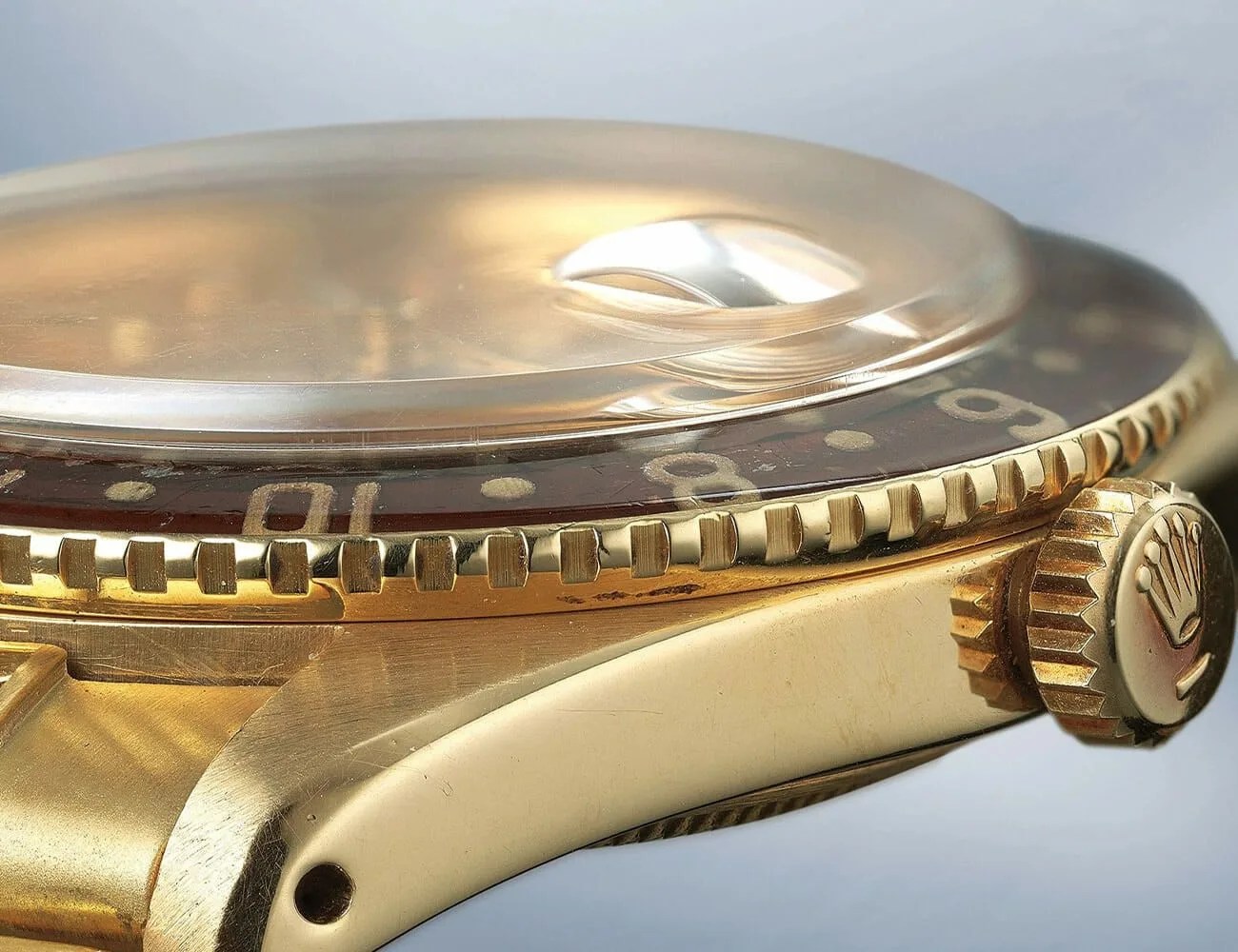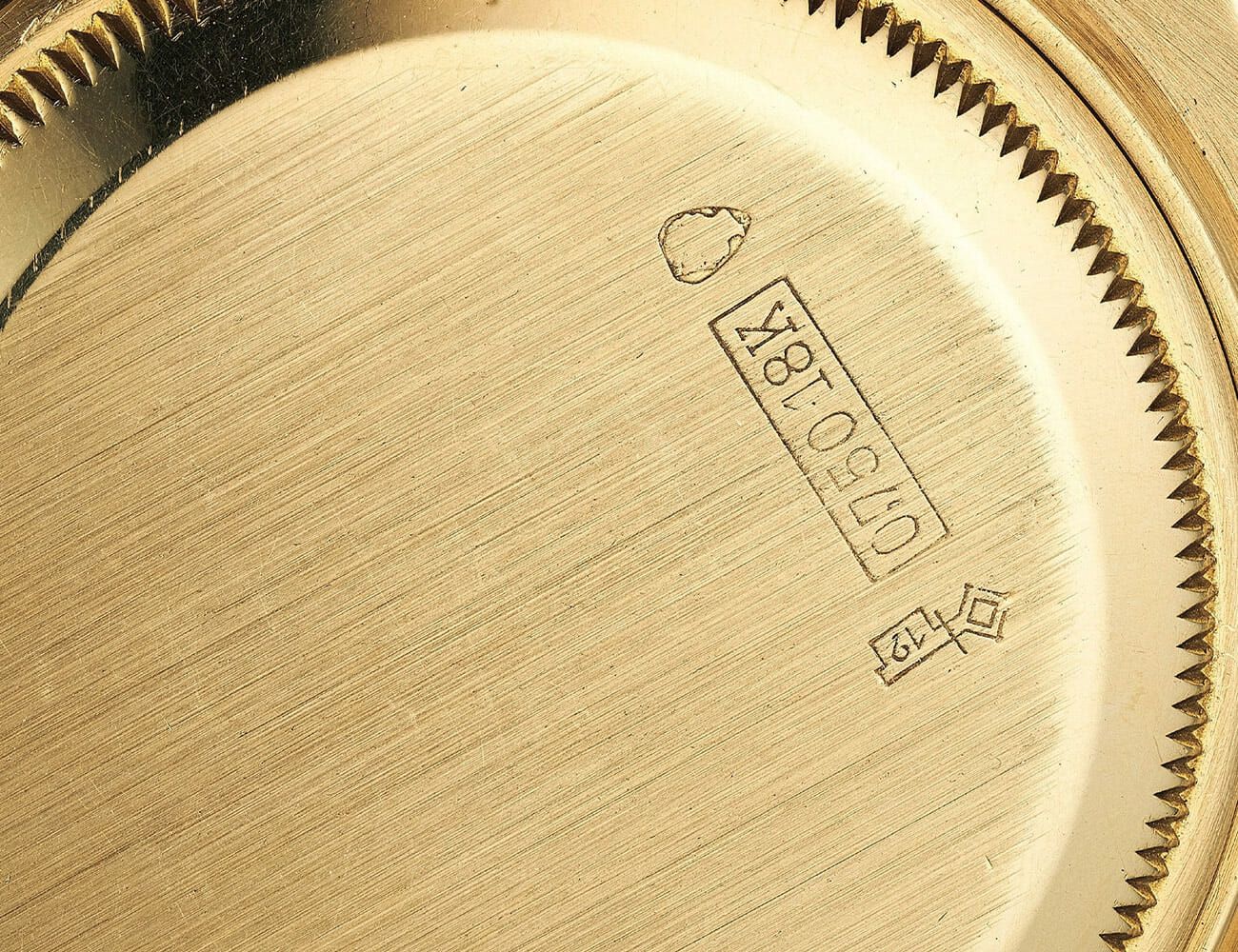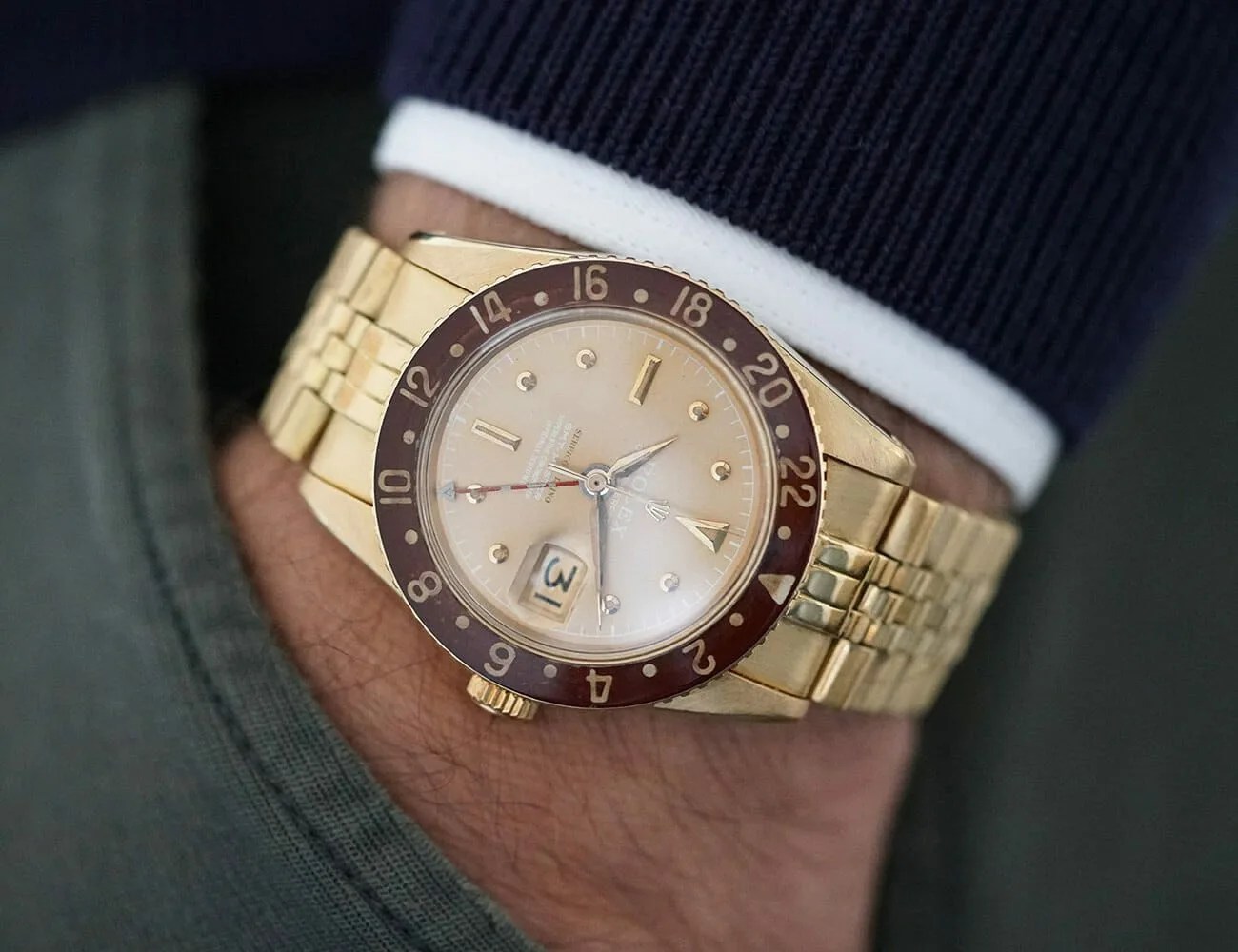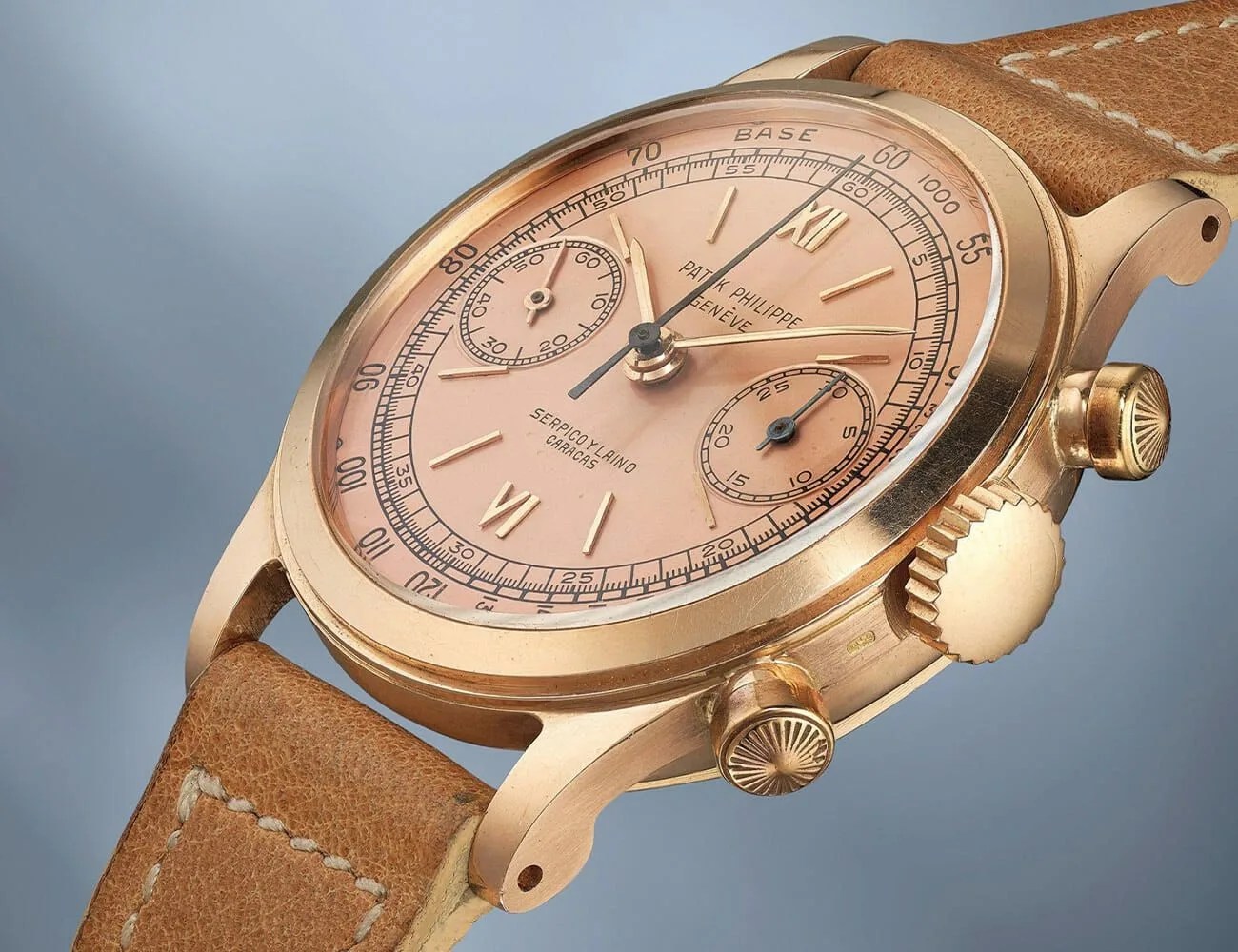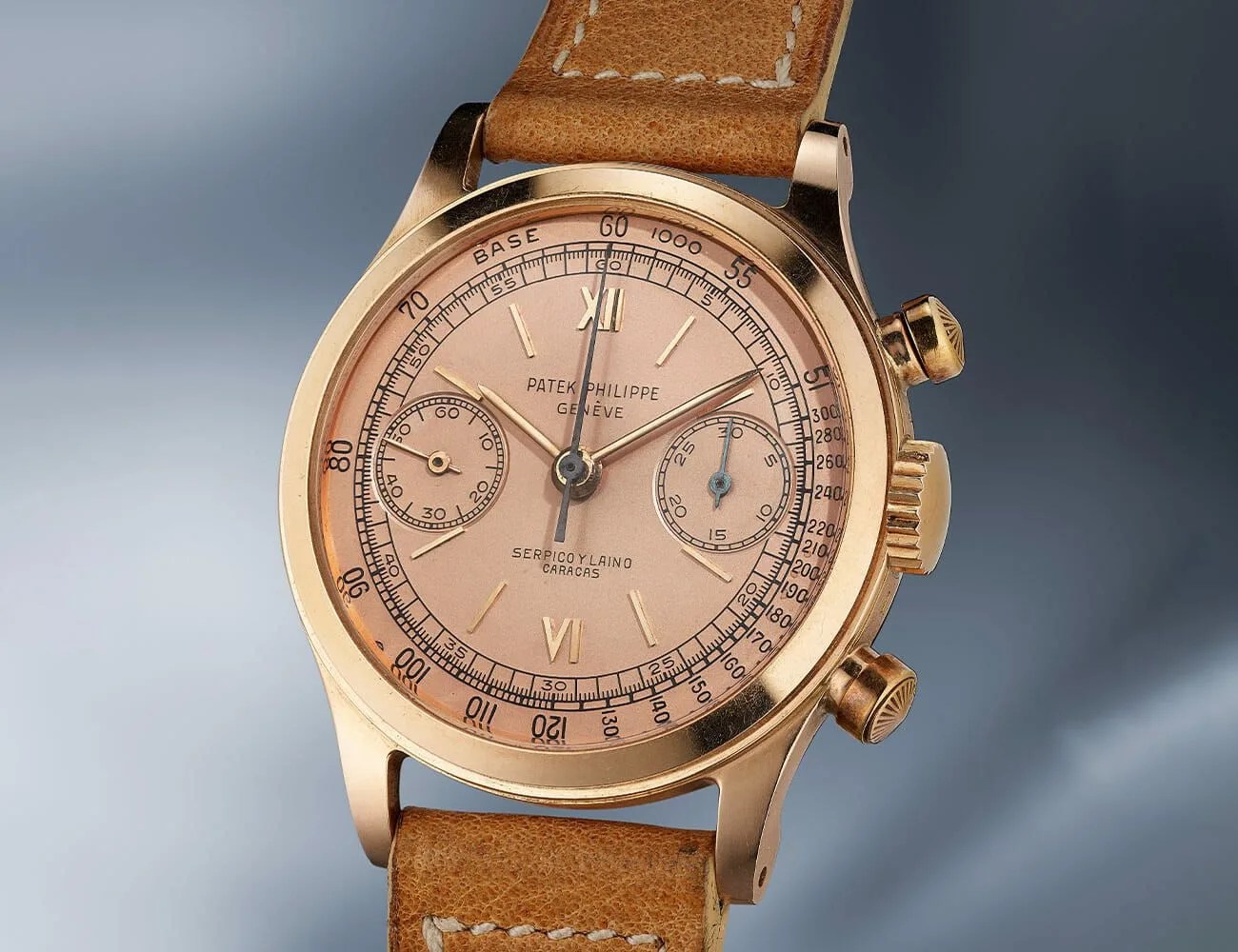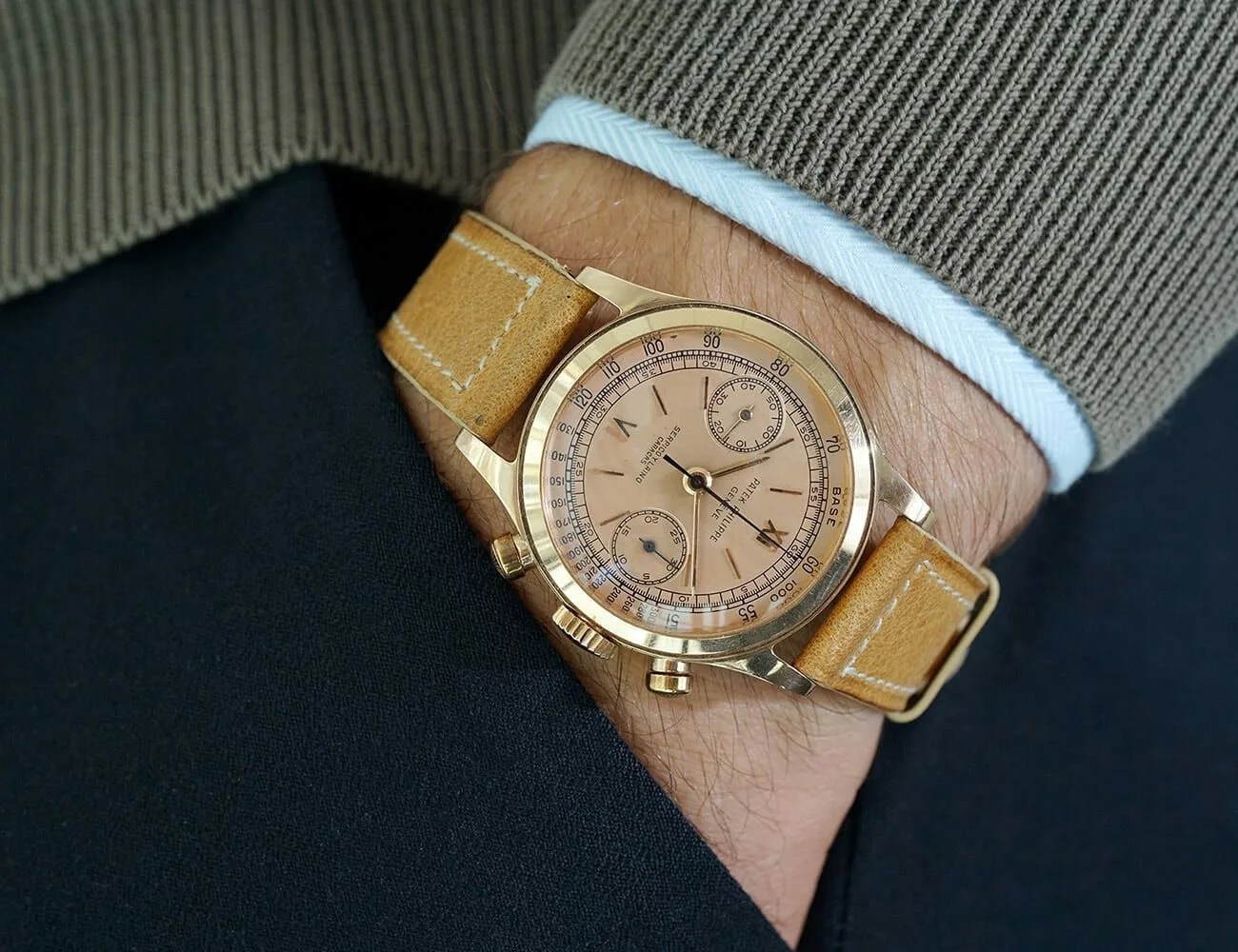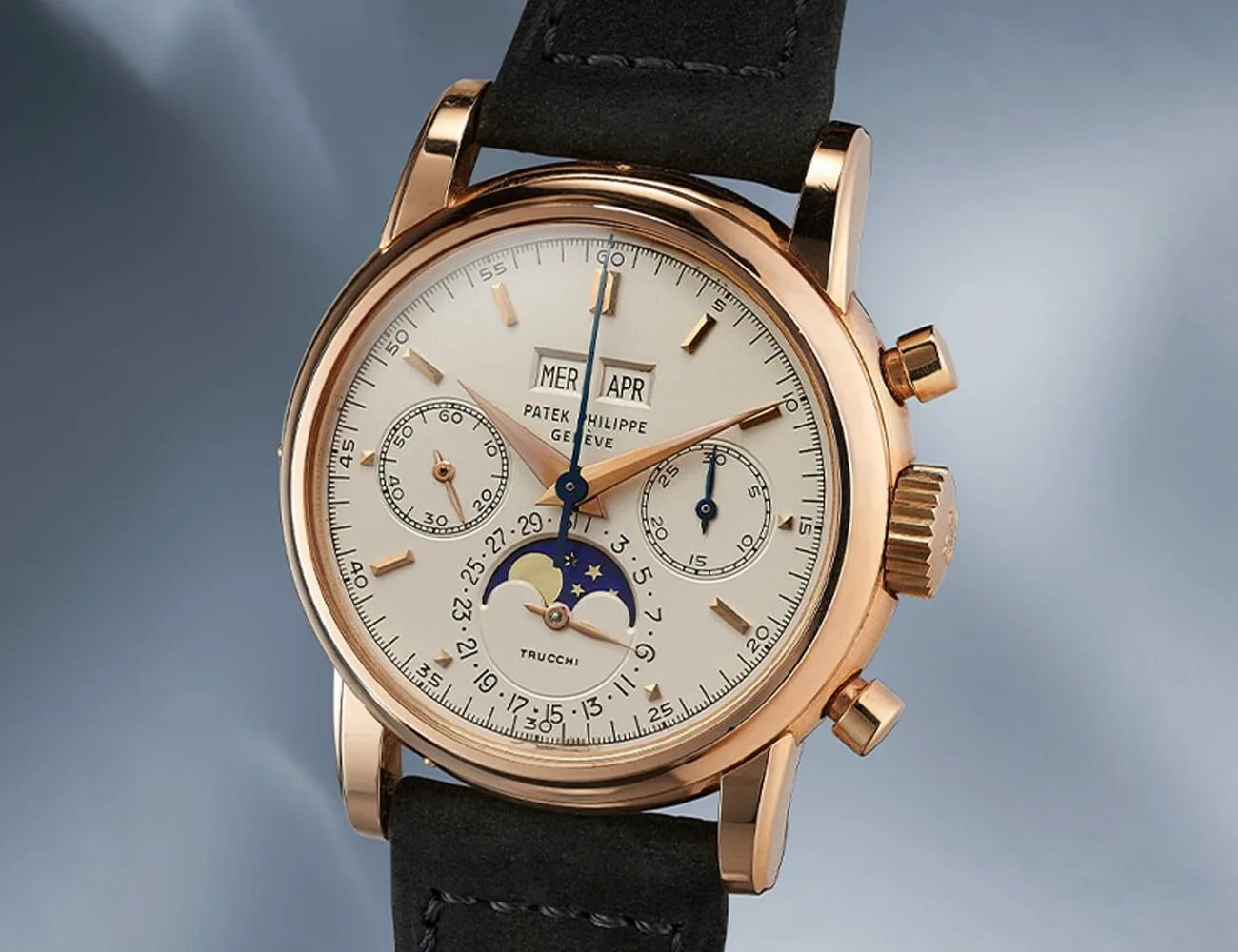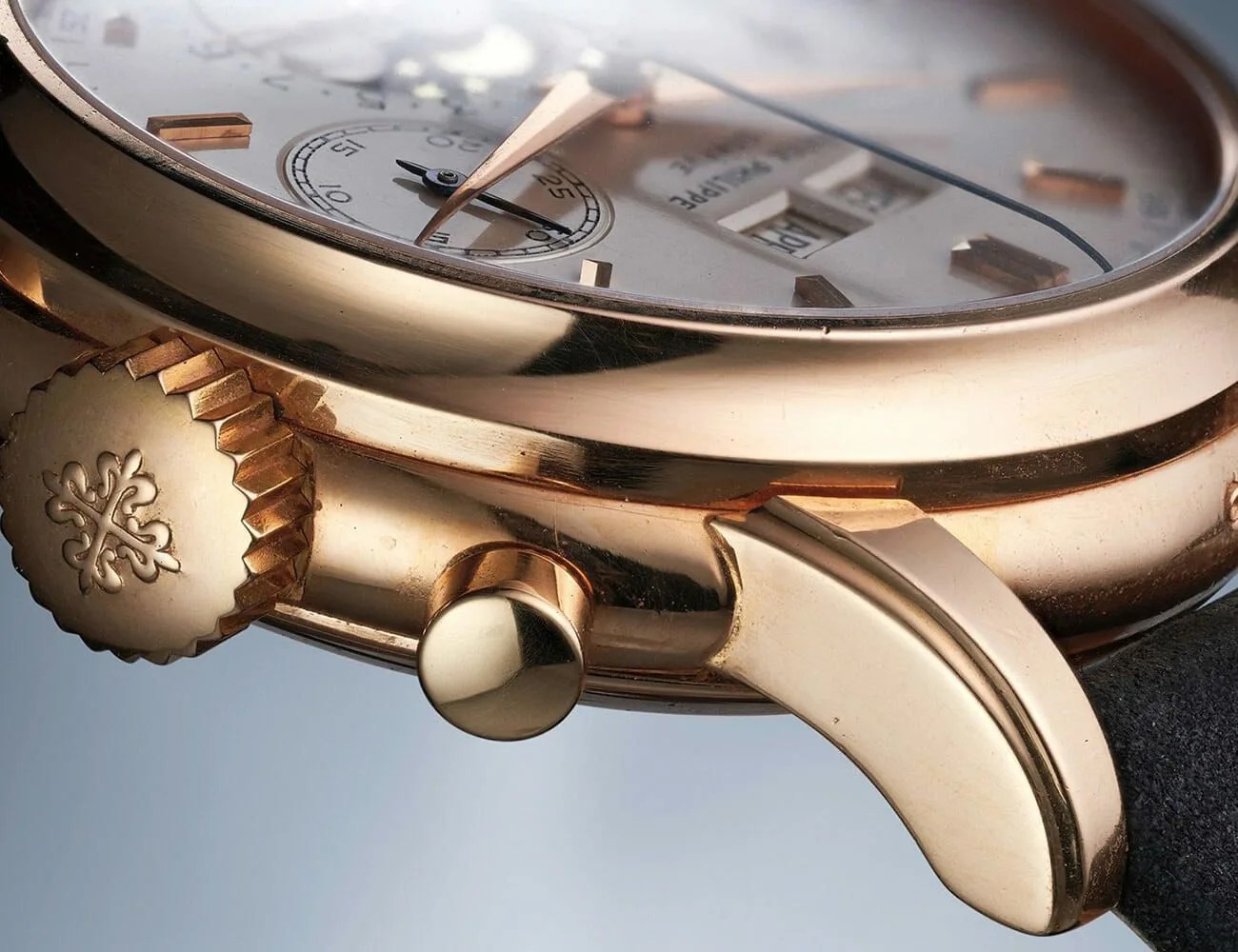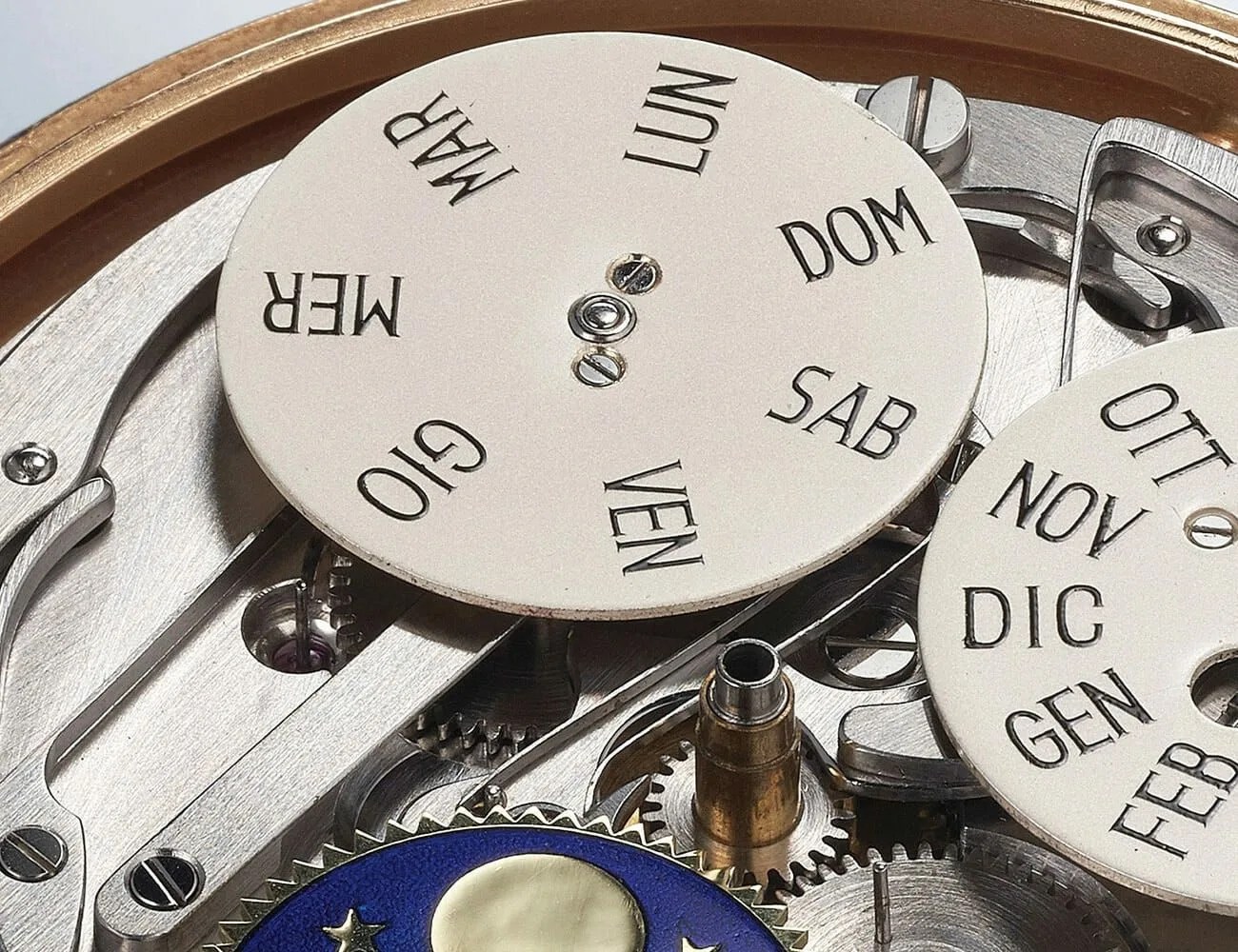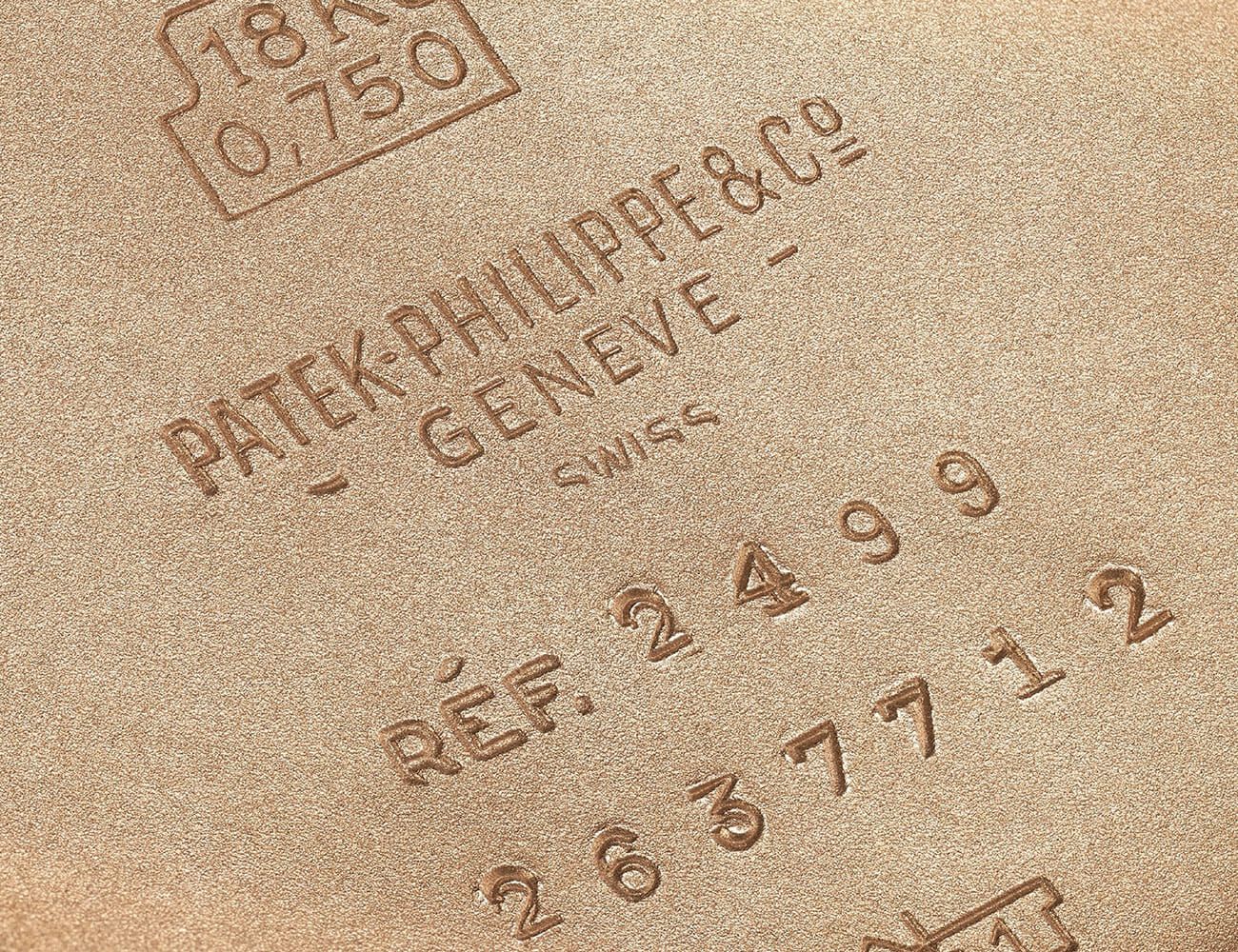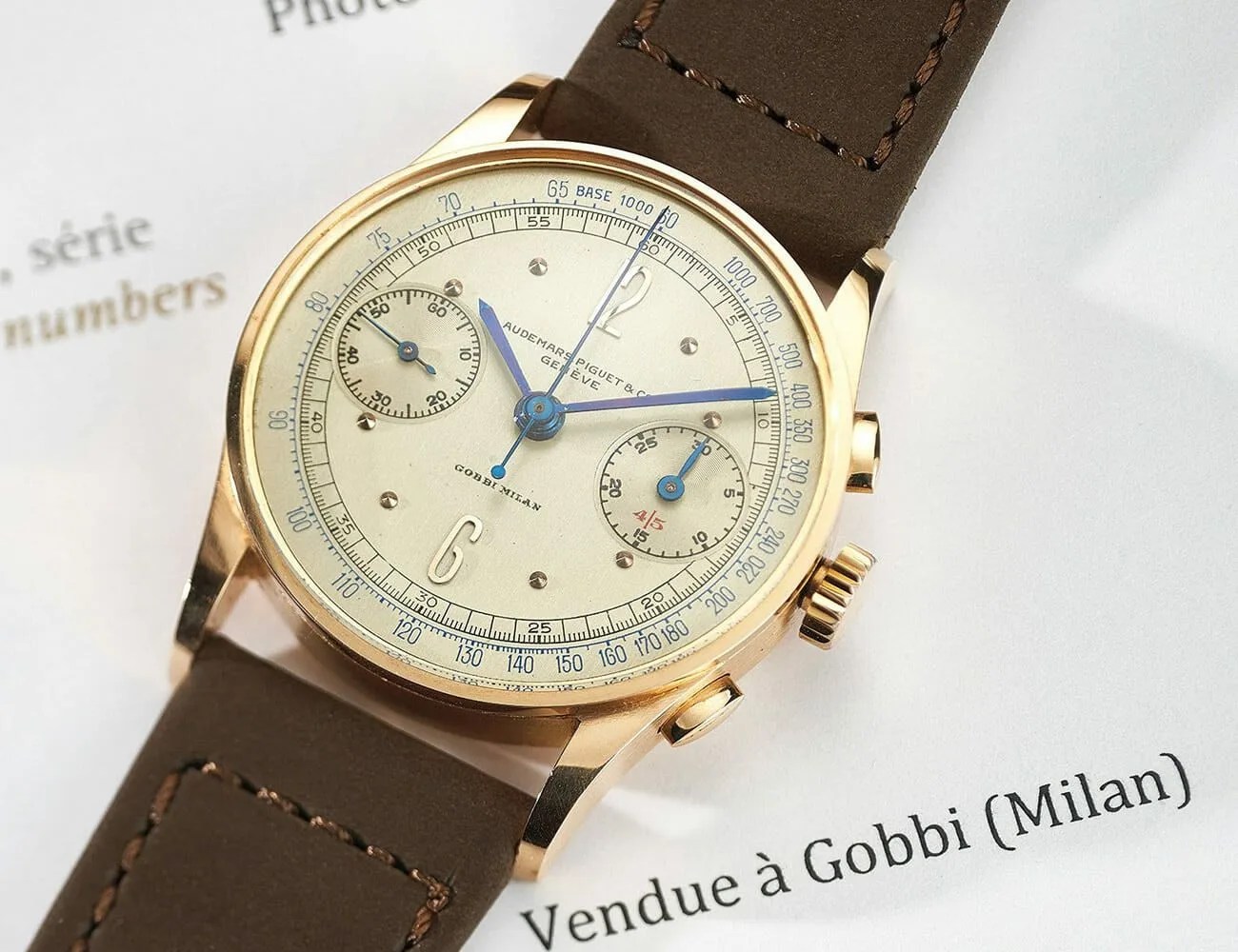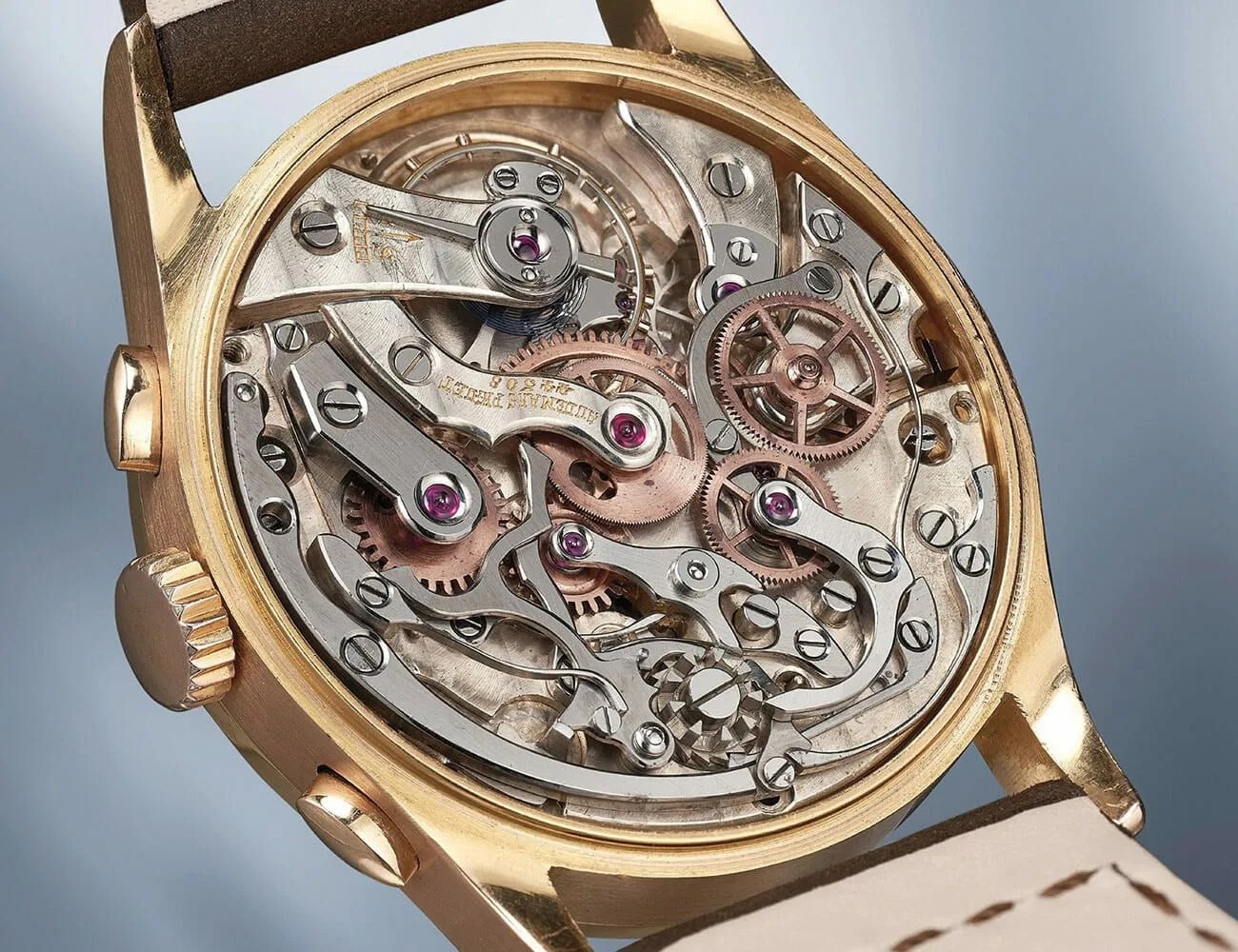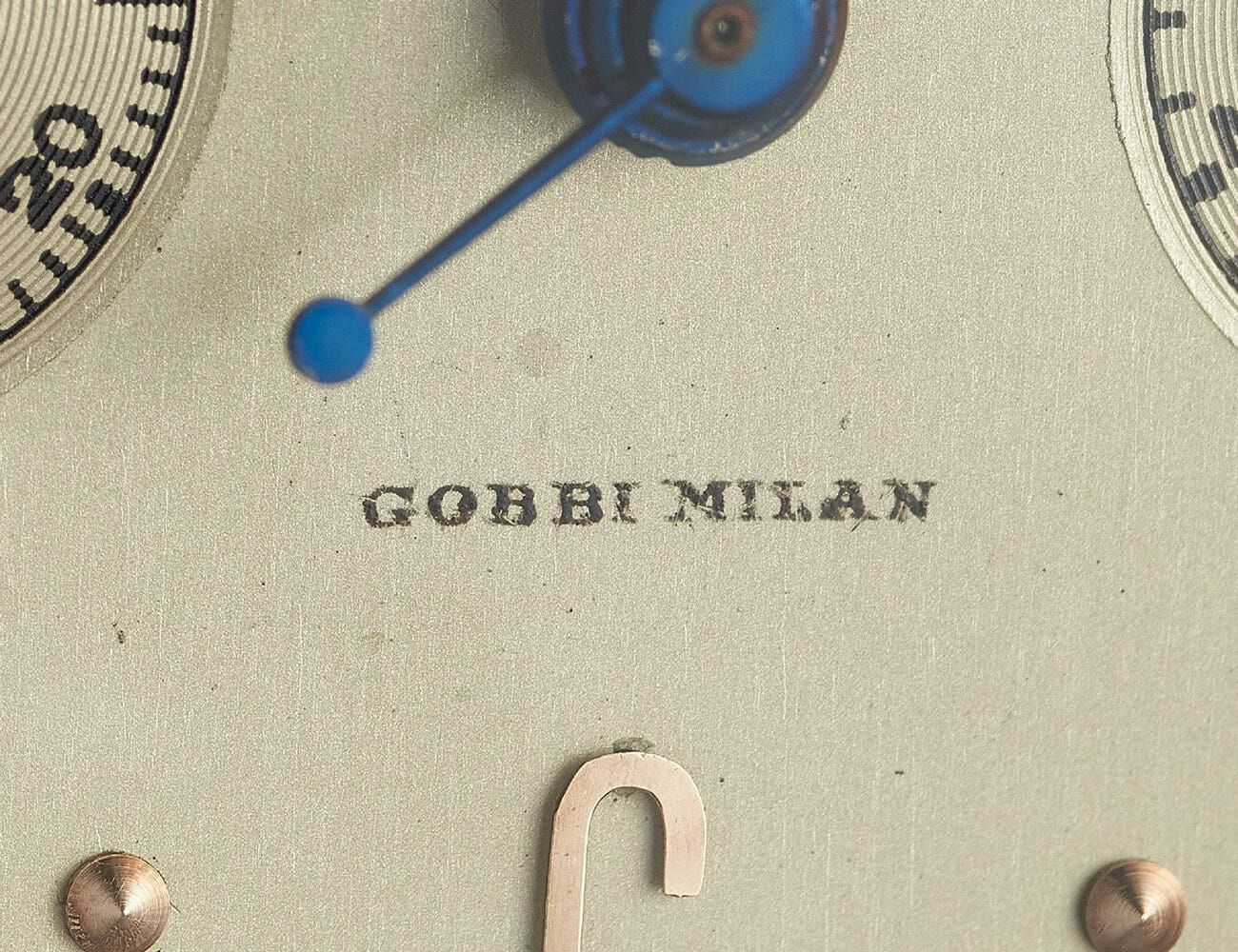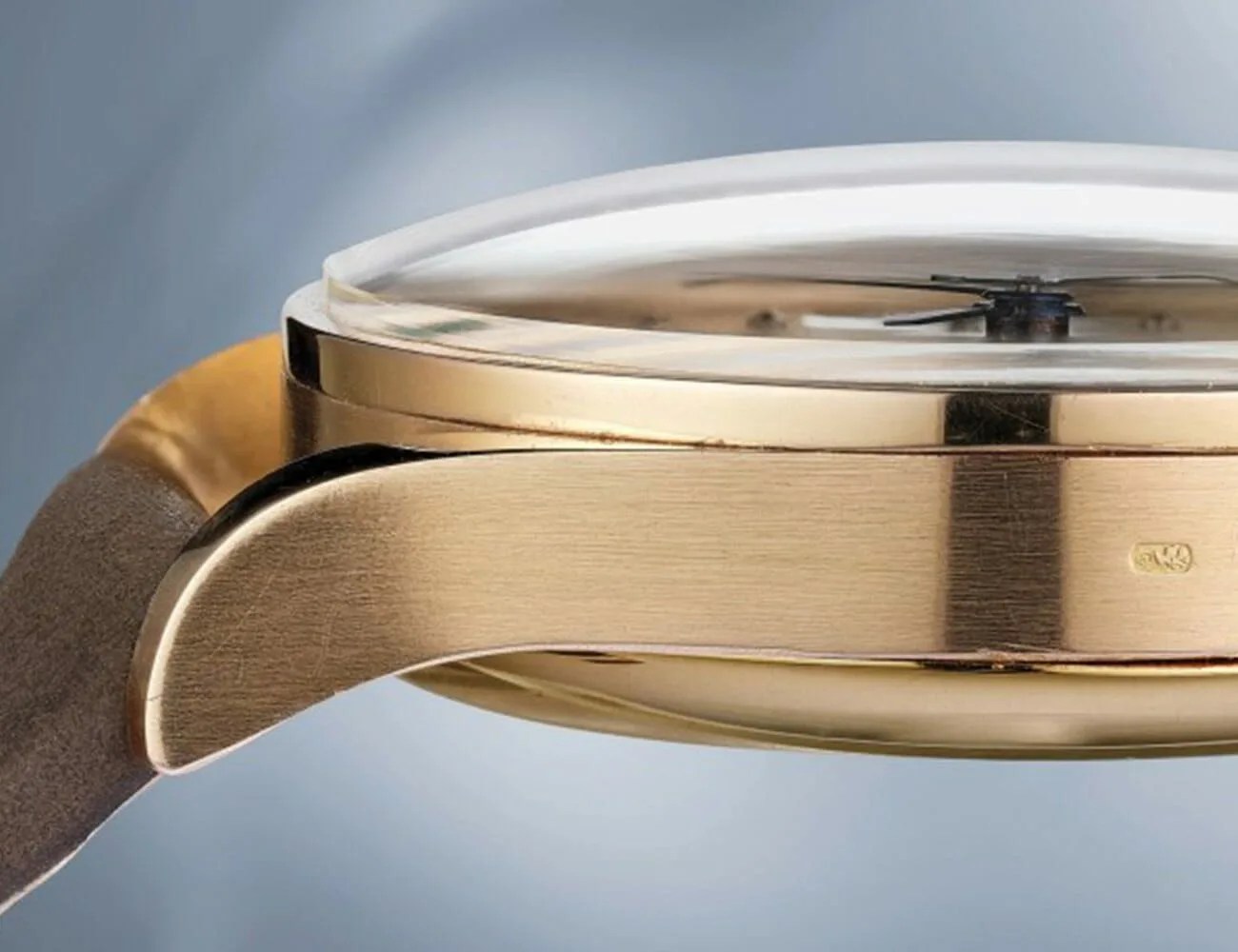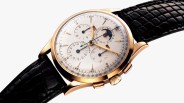Thematic auctions are an interesting way to differentiate a particular group of vintage watches from the crowd, though some themes are more interesting than others. One of the most exciting recent thematic auctions is the upcoming Double Signed: A Celebration of the Finest Partnerships Between Manufacturers and Retailers from Phillips, which is occurring on November 9th in Geneva.
“Double Signed” is a celebration of watches whose dials feature both the name of the manufacturer and that of the particular retailer at which they were offered for sale. Why are these watches notable? For one thing, they marry a watch to a particular moment of time — certain retailers are no longer in business, for example, while certain manufacturers no longer follow the practice of allowing their modern timepieces to be stamped by retailers (you’re not going to come across a modern Tiffany-signed Rolex GMT Master II). In fact, there are relatively few manufacturers today whose dials you’ll find adorned with a retailer signature (retailer-signed Patek is a notable exception).
Finding one of these watches in good condition can feel like discovering a time capsule — the signature automatically tells you which market a watch was sold in, and between the signature and the model and reference of the timepiece, a knowledgable watch lover can glean myriad interesting information. A Serpico Y Laino-signed Rolex, for example, would had to have been sold in Caracas, Venezuela, where the famed retailer was located, sometime before 1966 when the shop closed.
To gain some more insight, we recently spoke with Phillips’s Alex Ghotbi, Head of Watches for Europe and the Middle East, about the curation of the Double Signed lots and why they’re so exciting for watch lovers.
Interview:
Q: Retailer-signed watches from the major Swiss brands used to be commonplace in the early to mid-20th century, even with respect to smaller retailers that might not be known outside of local markets. Why did this practice of double-signing watches die out?
A: We have to ask brands. It more or less died off in the late 60s, early 70s. Could it be because of the Quartz Crisis — when the brands recovered and moved on to making special editions for retailers rather than double-signed watches? For example, a Vacheron from the early 1990s for Asprey, and the Asprey name is on the case. So the whole relationship kind of changed to making specific limited edition watches for the particular retailer. The only brand I see doing double-signed in modern times is Patek — Tiffany and Patek. But nothing else.
4 photos
